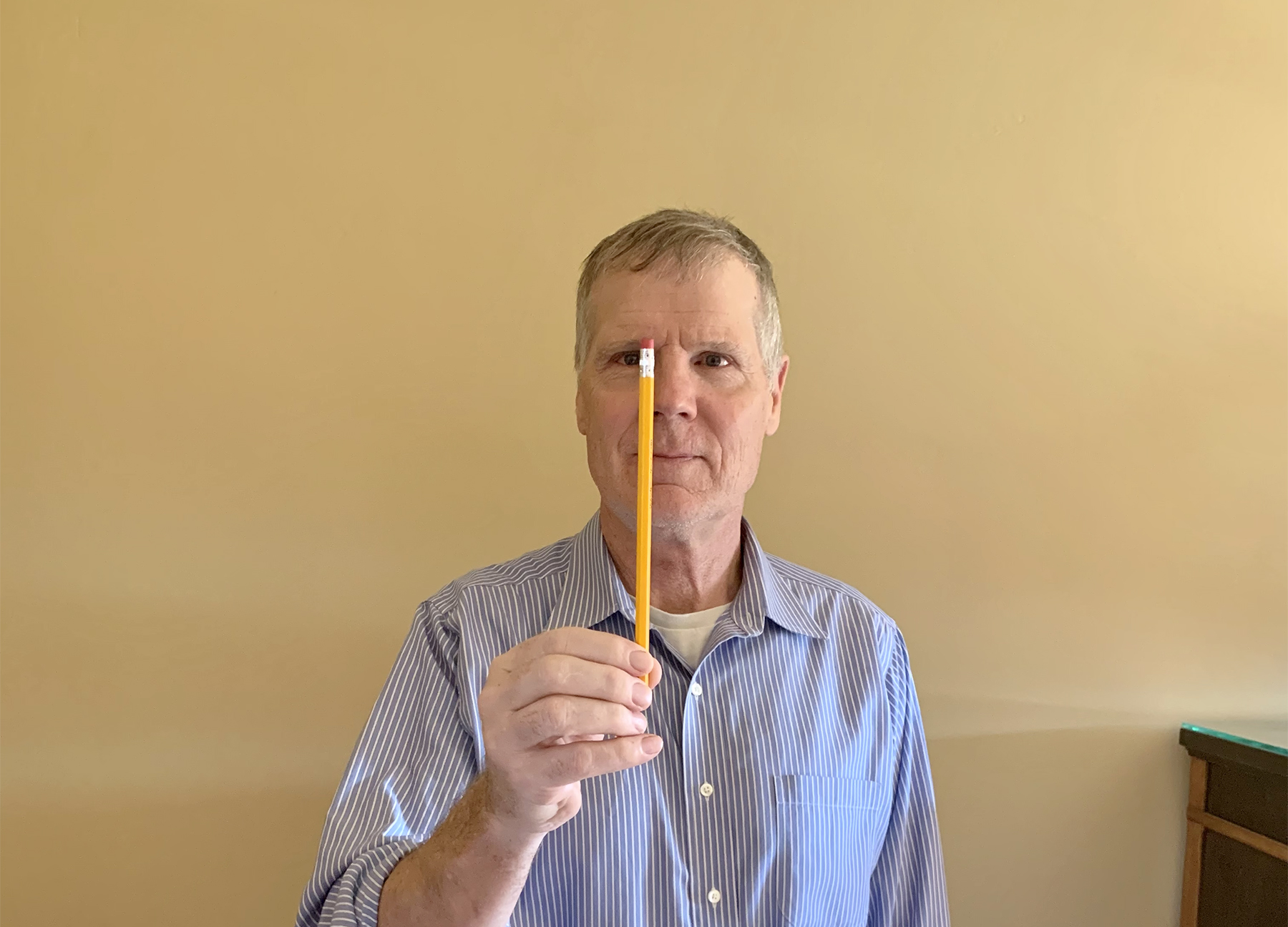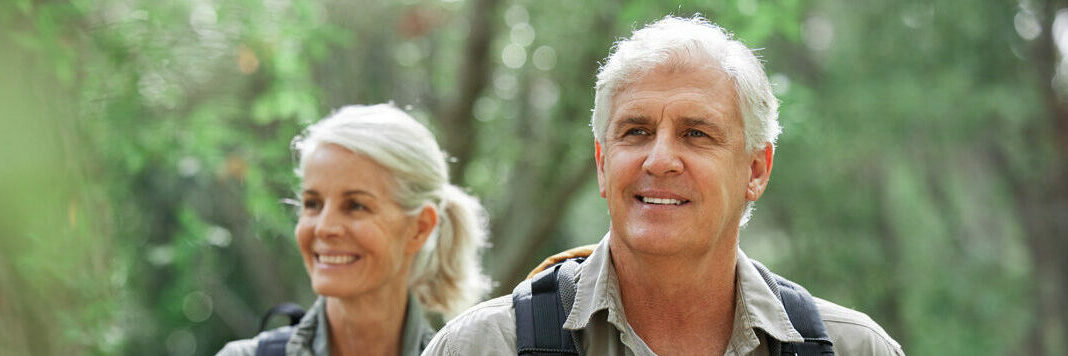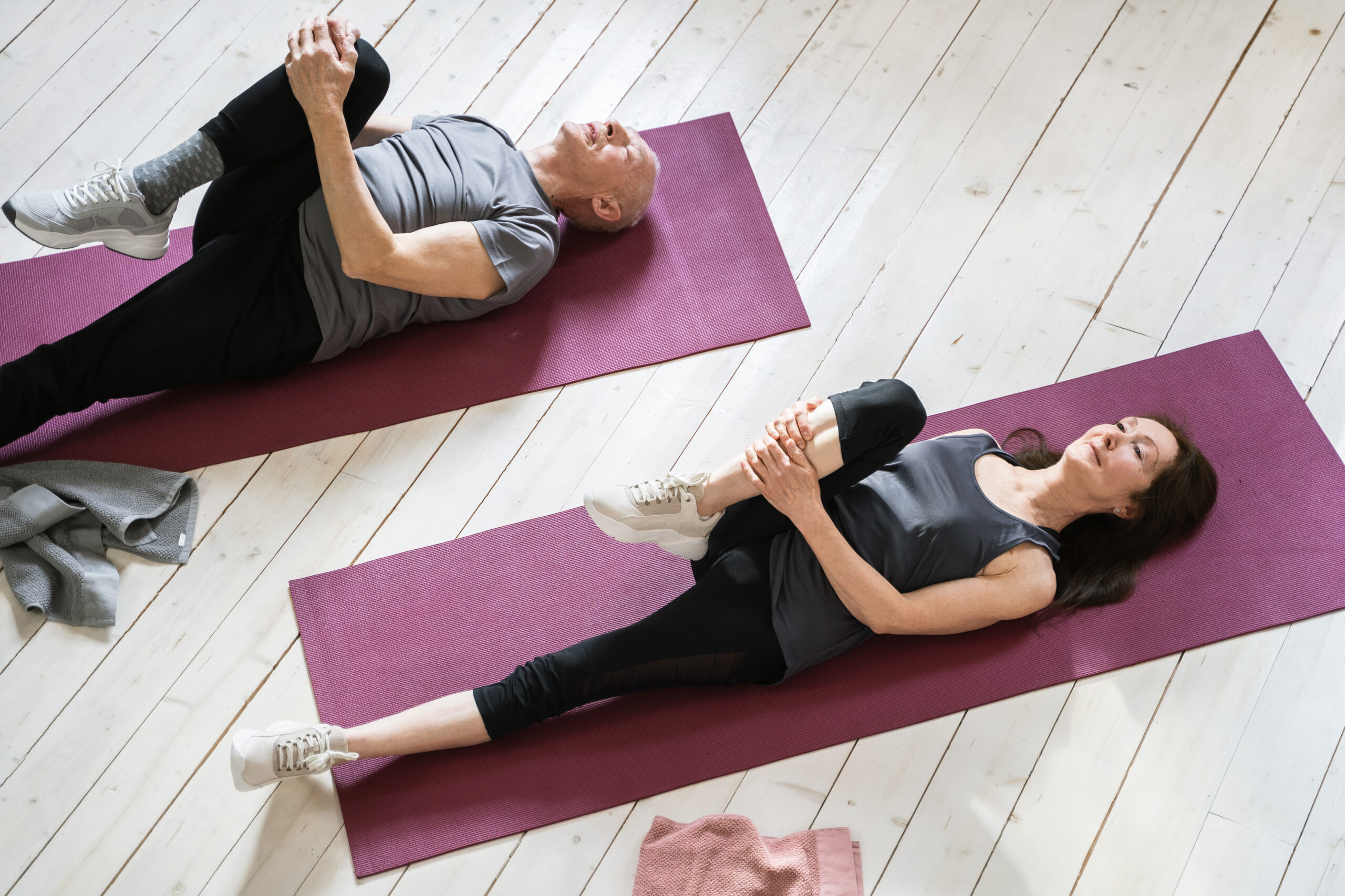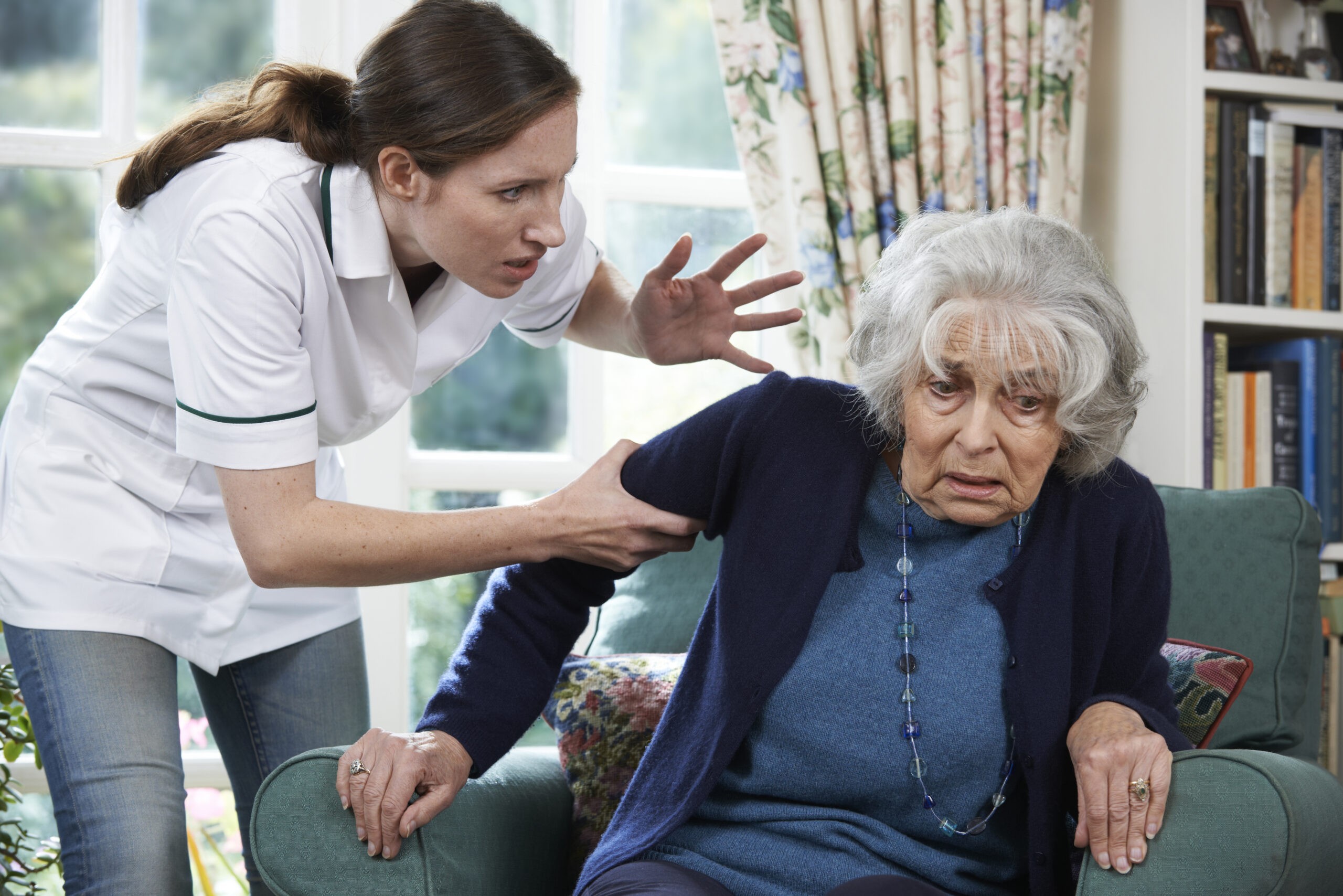
HOUSING AND AGING: CONSIDERATIONS FOR HOME AND NEIGHBORHOOD
The home and neighborhood are central to quality of life for people of all ages, but there are specific ways they can affect the well-being of older adults.

When we think about fitness, the first thing that often pops into our heads is the idea of an elite athlete—a weightlifter, a marathon runner, an Olympic gymnast. Although those people are incredibly fit, they are also at the very furthest end of the fitness spectrum. The rest of us mere mortals fall somewhere below them on the fitness scale. Most of us have long since given up any dreams of competing in the Olympics and would simply like to make it through our days with fewer aches and pains, and without falling.
What we have to realize is that fitness isn’t just about feats of strength and endurance. It is also about balance, mobility, and stability. Each of these components works together to give us our own personal level of fitness. Conveniently, working on one helps the others and making improvements to each is easier than you think. In fact, making improvements to your fitness is possible using how you think (i.e. using your brain).
I always feel a little like Harold Hill from “The Music Man” with his think method when I explain this, but everything you do comes from your brain. Literally nothing about you would happen without it—breathing, moving, digesting, learning, seeing, hearing, feeling—nothing. Knowing how your brain works and using that to your advantage when it comes to your physical well-being can be incredibly helpful in making improvements.
The first thing you have to understand is that your brain can only know what it receives from your senses. In this way, it’s a little like an air traffic controller. It’s sitting up in the tower (your head) and is taking in information from everywhere to make decisions about how to land the plane (move you). The air traffic controller is taking in data from the plane (your body), radar (eyes), cabin crew (vestibular system), etc… Neither the air traffic controller nor your brain can do their job unless they are receiving the proper information. Your brain is constantly getting data from your body—your eyes, ears, skin, muscles, vestibular system, and more—to know where you are, what’s going on around you, and how fast you are moving. It takes all that information, interprets it, and creates a response. If any of those systems are off, the plane is going to have a bumpy landing.
Basically, your brain wants to know where you are at all times. Like the air traffic controller, if it loses contact with the physical you, it needs to take evasive action. A lot of the time, that means it will send you a pain signal to stop you from moving a certain way. It will also change your range of motion for the same reason. The longer we live, the more we accrue experiences that change the connection between our bodies and our brains. Injuries, surgeries, falls, habitual motions, and inactivity can all lead to miscommunication between our bodies and our brains.
An example of this disconnect can be seen in an older individual who is stooped over, shuffling their feet, and unable to stand up straight. This postural issue has less to do with a person’s spine and more to do with their brain’s connection to their feet. If your brain can’t perceive where your foot is when you take a step, it is going to make your steps smaller, drop your eyes to the floor to literally see your feet, and round your spine so you aren’t as upright and far from the floor. Vertigo, motion sickness, and many joint pains are also examples of how your brain deals with not knowing where you are. They are all indicators that you need to be recalibrated.
So, how do we use that to our advantage and what does all of this mean for fitness? By doing simple activities and drills we can reconnect the brain and the body to improve pain, increase range of motion, and move better in whatever our activities are. Whether you are an Olympic athlete, want to improve your tennis game, are learning to play pickleball, or simply want to get out of your chair more easily, the following simple drills can recalibrate that brain/body connection and have you moving better quickly.
Before doing any of the drills, take a moment to assess yourself. Are you feeling any pain? Stiffness? Try balancing on one foot. Try touching your toes. See how high you can raise your arms overhead. How easy or difficult are these activities for you today? Doing a self-assessment before the following drills allows you to be able to see just how effective they are.
Drill 1: Calibrating Your Body Through Sensory Stimulation
Sensory stimulation is using touch to turn on your nerve endings and clarify for your brain where you are in space. You are creating a 3-D map of yourself. You can also imagine it as turning up a dimmer switch on a light. The more you turn it up, the more clearly you can see things in the room. The same happens in your brain when you perform sensory stimulation.
To turn on your nerve endings, all you have to do is give yourself a full body mini-massage. I like to think of it as if you’re putting on lotion without the lotion, or coloring in your skin with your fingertips. With your fingertips, start with your eyes and, using gentle movements (circles, light scratches, gentle rubbing, whatever feels good), work your way through the face, scalp, back of the skull, neck, chest, arms (palm up and sweep out, then palm down and sweep in), ribs, belly, low back, legs (sweep down the backside of your legs to the ankles then up the shins to the inner thighs.). If you get goosebumps at any point, you know it’s working. Finish by bouncing gently on the balls of your feet for about 30 seconds and then twisting your whole body, letting your arms freely hit you. Not only does this activity help your brain know where you are by turning on the nerve endings, but it also gets your blood flowing and your lymph system moving. You can also target specific areas of your body for your own individual needs. For instance, if you have pain in a joint, it often helps to perform sensory stimulation on the body parts above and below that joint.
After you’ve done the drill, reassess how you are feeling compared to before the drill. How is your pain? Is your balance better? Are you closer to touching your toes? Any improvement tells you that your brain has been activated and now has a better idea of where you are.
Drill 2: Calibrating Your Eyes
There’s a reason it is a lot harder to balance with your eyes closed—your eyes are one of the main ways your brain receives input to know where you are. Getting your eyes to work correctly and communicate the right information can help a myriad of problems you may not even be aware of.
Once again, assess how you are feeling. How is your pain? Balance? Range of motion (touching your toes, raising your arms)? Now, try one of the following eye exercises and reassess.
Note: You may not want to do all of these in one sitting. If any of them make you feel nauseous or dizzy, stop and close your eyes or stare at something across the room.
These drills may seem too simple to be effective. If you’re from the “no pain, no gain” school of fitness, you might even scoff at how something so easy can be useful. I’ve heard this before: “It doesn’t feel like I’m working. It can’t possibly be doing anything.” However, if there is one thing I’ve learned as a trainer, it’s that putting in the time to do something correctly is the best way to continue to be able to do it, whether that’s lifting a heavy weight, running a marathon, or being able to go up and down stairs. Teaching your brain where your body is in space is the first step to getting movement right. Once you know where you are, you can more easily determine where you are going and how. From there, you can do whatever it is you want to be able to do, and that’s fitness.
Master Trainer & Group Exercise Coordinator, The River Valley Club

The home and neighborhood are central to quality of life for people of all ages, but there are specific ways they can affect the well-being of older adults.

When we think about fitness, the first thing that often pops into our heads is the idea of an elite athlete—a weightlifter, a marathon runner, an olympic gymnast. Although those people are incredibly fit, they are also at the veryfurthest end of the fitness spectrum.

We want to help people to stay fit
and active — at all ages across the
spectrum. We know there can be
many challenges to staying active as
we age, but the benefits are well
worth the effort.

It started with a burning sensation
in the back, and then a numbness in a foot. Random physical sensations that could have been explained away if they hadn’t come back worse over the next several days.

Have you ever wondered how your
digital assets are managed when
you are unable to manage them
yourself? What happens to all your
online accounts when you die?

Elder abuse is a problem that’s intensifying across the nation. Older adults often become vulnerable due to isolation, physical or mental disabilities, and dependence on others for assistance